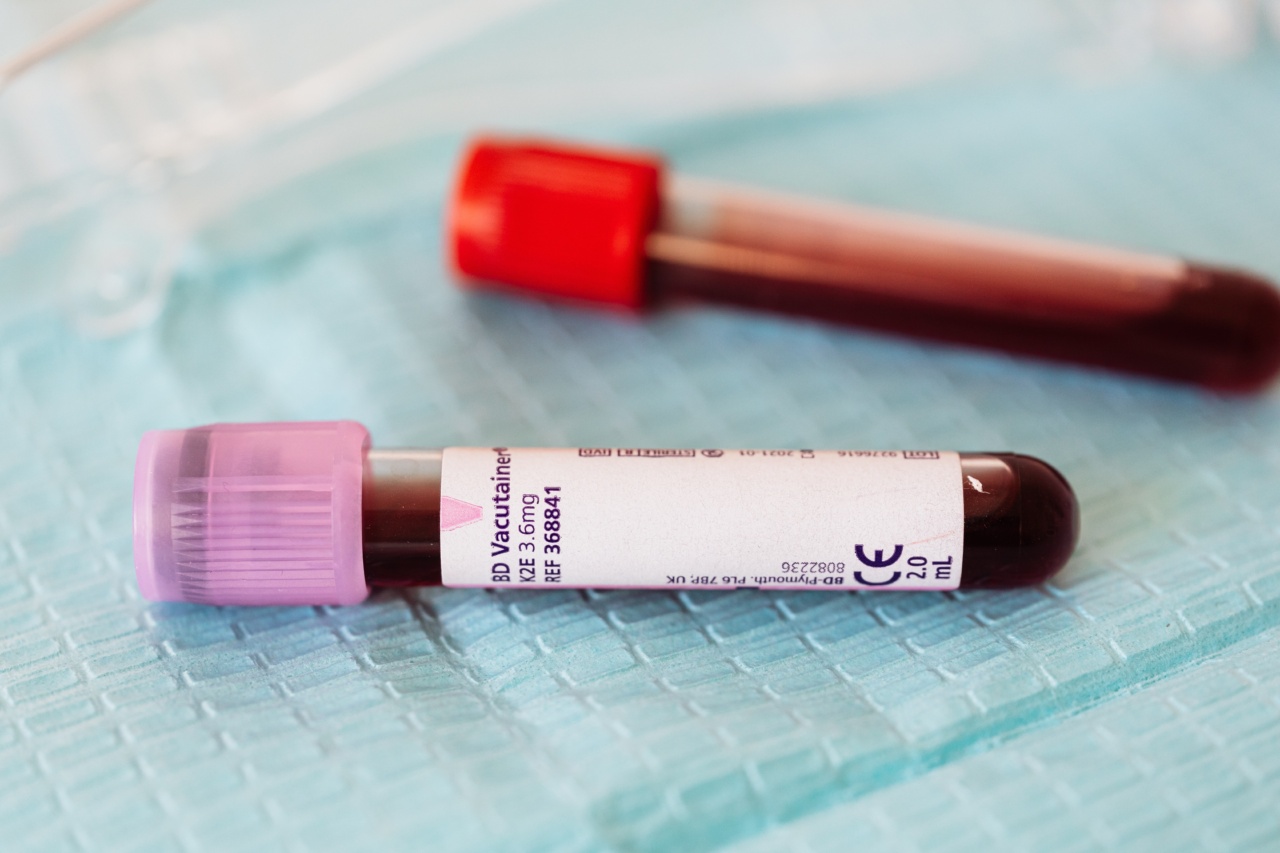Pancreatic cancer is one of the most lethal cancers worldwide, with a 5-year survival rate of only 10%.
The main reason for such poor prognosis is that most cases of pancreatic cancer are diagnosed at an advanced stage, when the cancer has already spread to other parts of the body. Therefore, early detection of pancreatic cancer is crucial for improving the chances of survival. Recently, blood biomarker tests have emerged as a promising tool for the early detection of pancreatic cancer.
What are blood biomarker tests?
Blood biomarker tests involve measuring certain substances called biomarkers in the blood. Biomarkers are molecules that can indicate the presence or severity of a disease.
For example, elevated levels of the biomarker prostate-specific antigen (PSA) in the blood can indicate the presence of prostate cancer. Similarly, certain biomarkers have been found to be elevated in the blood of patients with pancreatic cancer.
What are the blood biomarkers for pancreatic cancer?
The most commonly studied blood biomarkers for pancreatic cancer are CA 19-9, CEA, and CA 125. CA 19-9 is a carbohydrate antigen that is produced by pancreatic cancer cells.
CEA (carcinoembryonic antigen) is a protein that is produced by many different types of cancer cells, including pancreatic cancer cells. CA 125 is a glycoprotein that is often elevated in the blood of patients with ovarian cancer, but can also be elevated in pancreatic cancer.
Accuracy of blood biomarker tests for pancreatic cancer
Although blood biomarker tests have shown promise for the early detection of pancreatic cancer, they are not yet accurate enough to be used as a standalone diagnostic tool.
For example, CA 19-9 has a sensitivity of only 70%, meaning that it can miss 30% of cases of pancreatic cancer. Similarly, CEA and CA 125 have shown lower sensitivity and specificity for pancreatic cancer compared to other types of cancer.
Combining blood biomarker tests with imaging
One approach to improving the accuracy of blood biomarker tests for pancreatic cancer is to combine them with imaging studies, such as CT scans or MRI.
For example, a study of 117 patients with pancreatic cancer found that combining CA 19-9 levels with CT imaging improved the sensitivity of pancreatic cancer detection to 94%. Another study found that combining CA 19-9 with MRI imaging improved the accuracy of diagnosing pancreatic cancer.
Other potential blood biomarkers for pancreatic cancer
Researchers are continuing to investigate other potential blood biomarkers for pancreatic cancer.
For example, a recent study found that a biomarker called microRNA-122 was significantly elevated in the blood of pancreatic cancer patients compared to healthy controls. Another study found that a combination of three blood biomarkers (CA 19-9, CA 125, and CEA) had higher diagnostic accuracy for pancreatic cancer compared to CA 19-9 alone.
Limitations and challenges
Despite the promise of blood biomarker tests for pancreatic cancer, there are still several limitations and challenges that need to be addressed.
First, as mentioned above, the specificity and sensitivity of current blood biomarkers are not yet high enough for standalone diagnostic use. Second, other conditions besides pancreatic cancer can also cause elevations in the same biomarkers, leading to false positive results.
Third, blood biomarker tests are not able to detect very early stage pancreatic cancer, which may not yet be producing detectable levels of biomarkers.
Conclusion
Blood biomarker tests have shown promise for the early detection of pancreatic cancer, but more research is needed to improve their accuracy and specificity.
Combining blood biomarker tests with imaging studies may increase the accuracy of pancreatic cancer detection. Other potential blood biomarkers for pancreatic cancer are also being studied. While blood biomarker tests are not yet ready for standalone diagnostic use, they hold great potential for improving the early detection and treatment of pancreatic cancer.





























